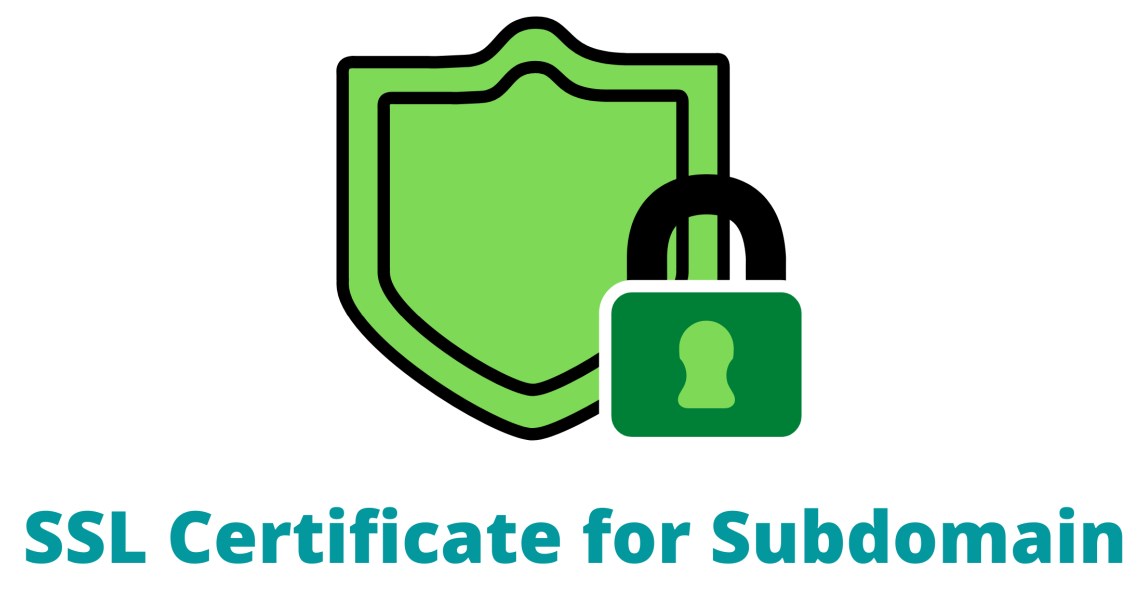Tech
How to Choose the Right Wildcard SSL Certificate?

When it comes to choosing the right wildcard SSL certificate, there are several factors to consider. Here are four key points to help you make the right decision:
1. Consider the level of validation: Wildcard SSL certificates come in three levels of validation: domain validation (DV), organization validation (OV), and extended validation (EV). DV certificates are the most basic and only verify that you own the domain. OV certificates go a step further and also verify the legitimacy of your organization. EV certificates offer the highest level of validation, including a thorough verification process and displaying the green bar in web browsers.
2. Determine the number of subdomains you need to secure: Wildcard SSL certificates allow you to secure an unlimited number of subdomains under a single certificate. If you have a large number of subdomains, a wildcard certificate can be a cost-effective solution. However, if you only have a few subdomains, a standard SSL certificate may be sufficient.
3. Consider the length of the validity period: Wildcard SSL certificates have a set validity period, typically ranging from one to three years. The longer the validity period, the more expensive the certificate. Consider how long you will need the certificate for and choose a duration that fits your needs and budget.
4. Look for warranty and reissuance policy: A warranty is a guarantee provided by the certificate issuer in the event that the certificate is not properly validated and an SSL-secured site is hacked. A good warranty can provide added protection and peace of mind. In addition, look for a certificate with a good reissuance policy in case the certificate needs to be replaced due to loss or damage.
In summary, choosing the right wildcard SSL certificate requires careful consideration of the level of validation, the number of subdomains you need to secure, the length of the validity period, and the warranty and reissuance policy. By considering these factors, you can find a certificate that meets your needs and helps protect your website and its users.
How to purchase an SSL certificate?
There are a number of companies that offer SSL certificates, and the process of purchasing one usually involves selecting a certificate type and issuing authority, generating a certificate signing request (CSR), and completing the validation process. It’s important to carefully research the options available and choose a reputable provider to ensure that you are getting a high-quality SSL certificate.Top of Form
To purchase SSL certificate, you will need to follow these steps:
1. Select a certificate type: There are several types of SSL certificates, including organization-validated (OV), domain-validated (DV), and extended-validation (EV). The type of certificate you choose will depend on your needs and budget.
2. Select an issuing authority: There are many companies that offer SSL certificates, including well-known providers such as Symantec, Comodo, and DigiCert. It’s important to choose a reputable provider to ensure that you are getting a high-quality SSL certificate.
3. Generate a certificate signing request (CSR): A CSR is a block of encrypted text that is generated on the server where the SSL certificate will be installed. It contains information about the certificate request, including the domain name, organization, and location.
4. Complete the validation process: The issuing authority will verify the information provided in the CSR to ensure that you are the owner of the domain and authorized to request an SSL certificate. This process can take a few days to complete.
Once the validation process is complete, the issuing authority will provide you with the SSL certificate, which you can then install on your server.
Harper Harrison is a reporter for The Hear UP. Harper got an internship at the NPR and worked as a reporter and producer. harper has also worked as a reporter for the Medium. Harper covers health and science for The Hear UP.










